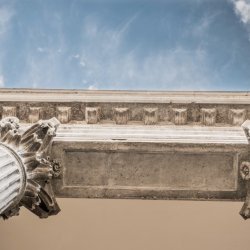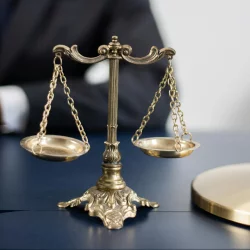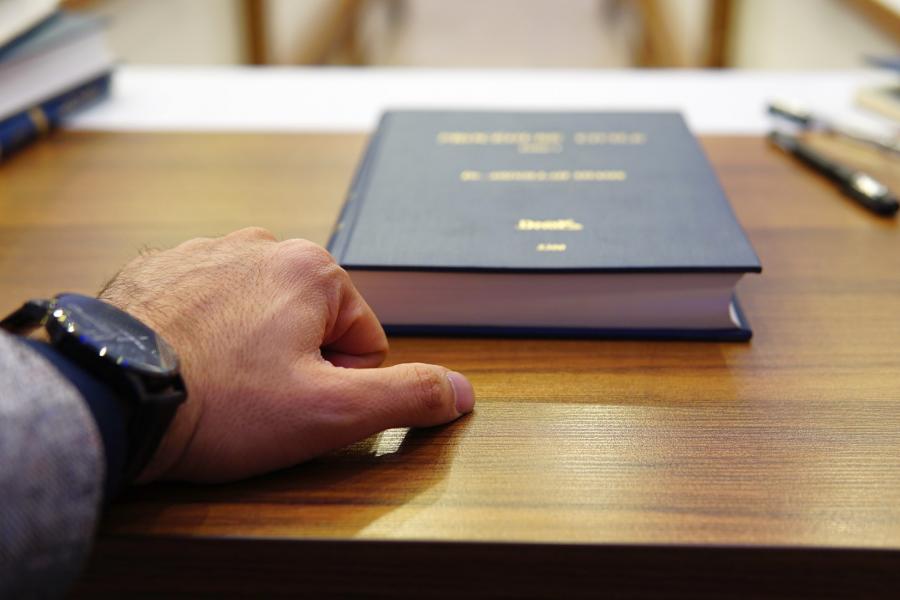Foreclosures in Bankruptcy: Differences Between Chapter 7 and Chapter 13
When financial hardship hits and mortgage payments start to slip, homeowners may face the daunting prospect of foreclosure. There is a remedy however, and filing for bankruptcy is that remedy. It can offer a temporary reprieve and, in some cases, and create a pathway to saving your home.
This article explores the differences between foreclosures in Chapter 7 and Chapter 13 bankruptcy and highlights the role of the automatic stay. You can click the following link for guidance on the key difference between chapter 7 and chapter 13 for more help on how you should proceed with your case.
Understanding the Automatic Stay
One of the immediate benefits of filing for bankruptcy - regardless of the type - is the invocation of the automatic stay.
Here's how an automatic stay impacts the foreclosure process:
Immediate Halt
The automatic stay stops all collection activities, including foreclosure, the moment the bankruptcy petition is filed. This legal provision serves as a critical shield, protecting your assets and property as you navigate through the bankruptcy process.
Temporary Relief
This stay is temporary, providing borrowers time to either negotiate with lenders or plan their next steps without the immediate threat of losing their home. It offers a crucial period for homeowners to reassess their financial strategies and potentially secure a more stable footing.
Creditor Motions
Lenders can file a motion to lift the stay, particularly if they believe the foreclosure is justified or if the property is not being adequately protected. This action requires court approval and gives the borrower an opportunity to contest the motion and argue for continued protection under the automatic stay.
Chapter 7 Bankruptcy and Foreclosure
Chapter 7 bankruptcy offers a way to discharge many debts but interacts with foreclosure as follows:
Liquidation
Chapter 7 involves liquidating the debtor's assets to repay creditors. If the home doesn't qualify for an exemption and equity exists, it might be sold by the bankruptcy trustee. This process is strictly regulated to ensure that the debtor's essential needs are taken into consideration, and any exempt property is safeguarded from sale.
Relief from Debt, Not Liability
While Chapter 7 can eliminate your obligation to pay the mortgage, it does not remove the mortgage itself. If you cannot make payments, the lender may proceed with foreclosure after the bankruptcy. It's important to understand that this discharge only affects personal liability, not the lien. The Lien remains attached to the property.
Lender's Motion to Lift Stay
If the lender obtains court approval to lift the automatic stay, they can proceed with foreclosure even during the bankruptcy process. This step is taken when the creditor demonstrates to the court that the stay serves no practical purpose in preserving the property or that it is in their secured interest to move forward with the foreclosure.
Chapter 13 Bankruptcy and Foreclosure
Chapter 13 bankruptcy provides a different approach, focusing on restructuring debt:
The Repayment Plan
Debtors propose a plan to repay debts over three to five years, which can include past due mortgage payments. This structured approach seeks to provide a feasible roadmap for financial recovery by ensuring debts are managed in a way that is sustainable for the debtor over the long term.
Retaining Your Home
Chapter 13 aims to help debtors keep their properties by allowing them to catch up on delinquent payments and possibly modify mortgage terms under certain conditions. This provision prevents immediate foreclosure but and gives the debtor a chance to renegotiate terms that could lead to more manageable payments.
The Automatic Stay Extension
The automatic stay generally remains in place throughout the duration of the repayment plan, offering a longer protection period against foreclosure. This extended relief is crucial for homeowners because it gives them the time needed to stabilize their finances without the constant threat of losing their home.
Summary:
Chapter 7 vs. Chapter 13
To clarify the differences, here are key points in list form:
Chapter 7:
- Primarily for liquidation.
- Discharges unsecured debts.
- Home can be sold if not exempt.
- Short-term automatic stay unless lifted.
- Does not allow for mortgage modification.
- Option to convert to chapter 13.
- No payment plan required.
Chapter 13:
- Focuses on debt restructuring.
- Allows for catch-up on mortgage payments.
- Home is retained more easily if plan payments are made.
- Longer protection under automatic stay.
- Potential for mortgage modification through the plan.
- Protects co-debtors from creditors.
- Handles priority debts.
Consider Your Long-term Financial Goals
Choosing between Chapter 7 and Chapter 13 bankruptcy largely depends on your long-term financial goals and your current financial situation. If keeping your home is a priority, Chapter 13 offers a more feasible option. However, if your debts are overwhelming and your home holds no exempted equity, Chapter 7 could provide a faster path to debt relief - albeit at the risk of losing your property.
Before making any final decisions, always consult with a bankruptcy attorney to explore all the potential outcomes tailored to your specific circumstances.
More to Read:
Previous Posts:







